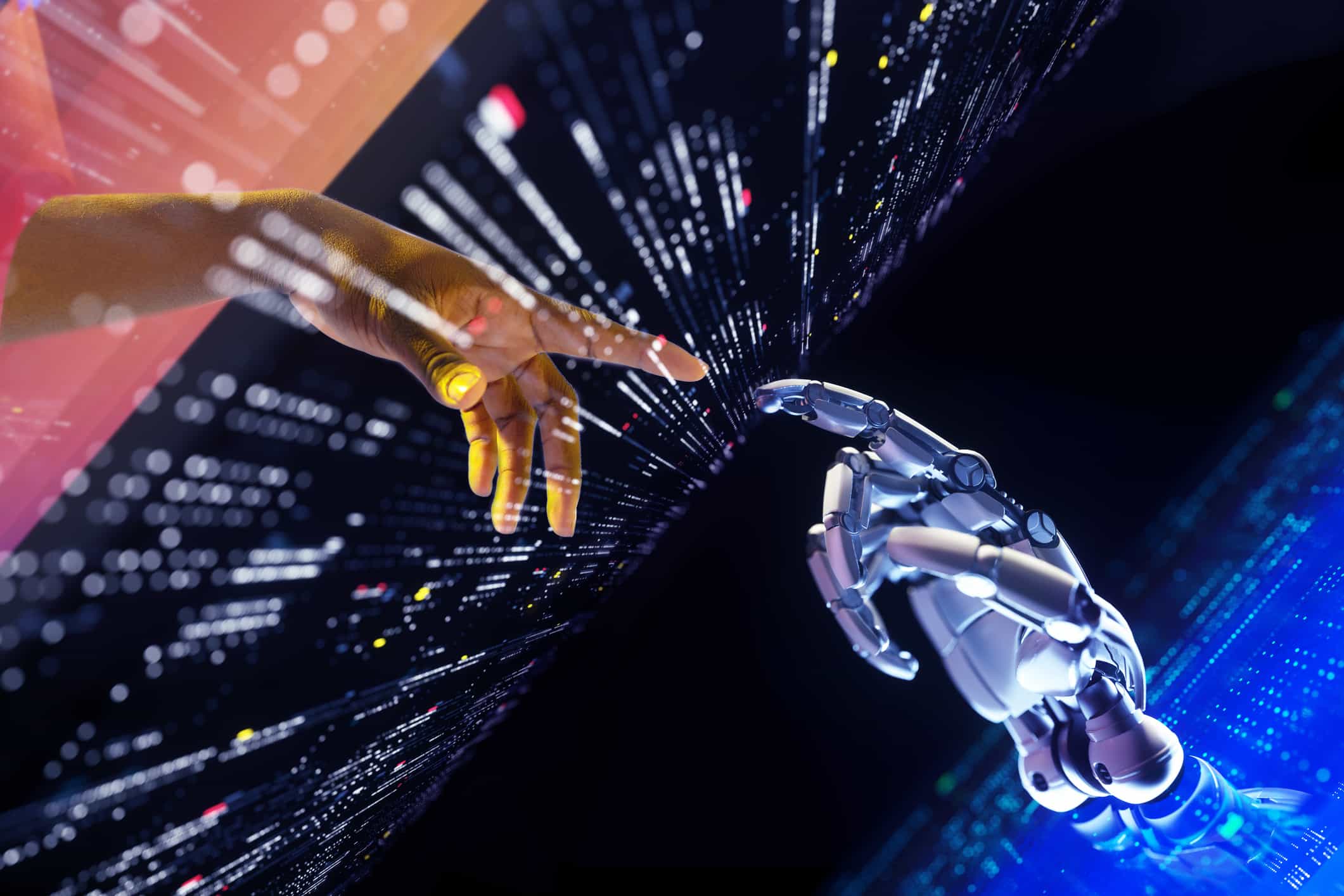In the fast-paced world of technology, where artificial intelligence (AI) is rapidly transforming industries and reshaping the way we live and work, it’s easy to get caught up in the excitement of the AI gold rush. Companies are racing to develop and deploy AI-powered solutions, hoping to gain a competitive edge and unlock new opportunities. However, amidst this frenzy, there is a growing concern that cannot be ignored: the increased vulnerabilities that come with the widespread adoption of AI.
Having been involved in technology for over two decades, I have noticed even more frequently, and firsthand, the incredible potential of AI and its ability to revolutionize various sectors. From healthcare and finance to transportation and entertainment, companies are leveraging AIto improve efficiency, accuracy, and decision-making. But with more innovation, we must be more aware of the impact, and the rush to implement AI has led to a worrying trend of overlooking security and privacy concerns.
In the quest to be first to market, many companies are cutting corners and neglecting the critical task of ensuring the robustness and resilience of their AI systems. This has resulted in a proliferation of vulnerabilities that can be exploited by malicious actors, putting sensitive data and critical infrastructure at risk. From data breaches and privacy violations to algorithmic bias and system failures, the consequences of poorly implemented AI can be severe and far-reaching.
The AI gold rush has created a perfect storm for cybercriminals, who are always on the lookout for new attack vectors and weaknesses to exploit. As AI becomes more integrated into our daily lives, the potential for harm increases exponentially. Imagine a scenario where a self-driving car is hacked and causes a fatal accident, or where a biased AI system denies someone a job or a loan based on their race or gender. These are not hypothetical scenarios, but real risks that we must address head-on.
This is where the importance of fixing code vulnerabilities through AI comes into play. In a recent article by Frederic Lardinois, he highlights how one company is tackling this critical issue head-on. By leveraging the power of AI itself, this company is able to identify and patch vulnerabilities in code at an unprecedented scale and speed. This proactive approach to security is essential in an era where the threat landscape is constantly evolving and expanding.
The article serves as a wake-up call for the tech industry, emphasizing the need for responsible AI development and deployment. It is not enough to simply create and release AI systems into the wild; we must also ensure that they are secure, reliable, and ethical. This requires a collaborative effort from all stakeholders, including developers, researchers, policymakers, and end-users.
As we continue to push the boundaries of what is possible with AI, we must not lose sight of the fundamental principles of security, privacy, and fairness. By prioritizing the fixing of code vulnerabilities and adopting a proactive approach to AI security, we can harness the full potential of this transformative technology while mitigating its risks.
The AI gold rush may be in full swing, but it is our collective responsibility to ensure that it does not come at the cost of our safety and well-being. By shining a light on the importance of fixing code vulnerabilities through AI, Frederic Lardinois’s article serves as a timely reminder that we must not sacrifice security for the sake of innovation. Only by working together and prioritizing responsible AI development can we truly unlock the promise of this exciting new frontier.




